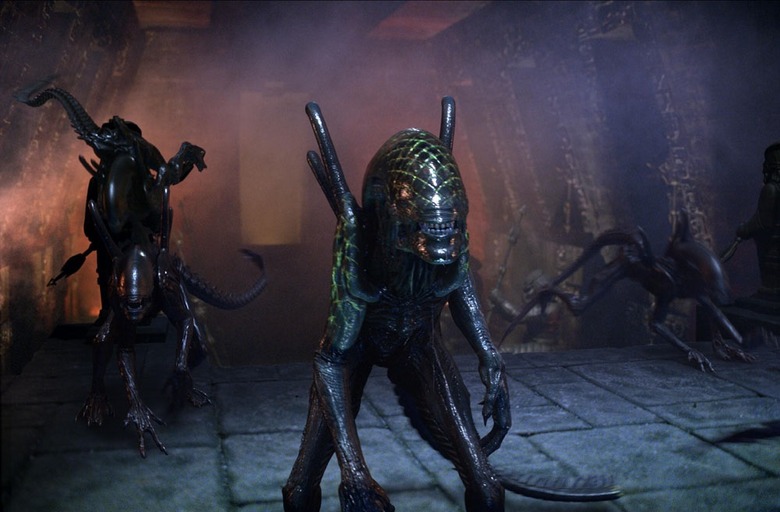If We're Looking For Aliens, We Might Want To Take A Closer Look At Twin Stars
In the ongoing search for life outside of Earth, scientists already know that planets need to be in just the right place around their host star to support life as we know it here on Earth. The habitable zone around a star is a place where temperatures are neither too hot nor too cold, allowing for the formation of molecules that researchers believe are crucial to jump-starting life.
Now, a new study published in Monthly Notices of the Royal Astronomical Society suggests that finding planets in this so-called "Goldilocks zone" might be easier if astronomers turn their attention to systems with multiple stars orbiting each other at the center.
The research focused on planetary systems which are still in their infancy, and the relationship between stars that exist as binary pairs. A binary star is really two stars orbiting each other, around which planets and moons may orbit just like in our own solar system.
Using computer models to simulate the conditions of young stars, scientists at the University of Sheffield suggest that binary stars systems in which the individual stars are very close to each other may have a better chance at promoting life on the planets surrounding them.
The reason for this is actually pretty simple: When a planetary system is present around a binary pair that are orbiting each other at a great distance, the habitable zone around the central core is pretty much the same as it is in a one-star system. However, if the binary pair are very close together, the heat from each star overlaps its partner, pushing more heat over a wider area and potentially widening the habitable zone.
Binary stars aren't uncommon. It's estimated that around one-third of the star systems in the Milky Way have at least two stars at their center, so there may be even more potential for habitable worlds out there than we thought.
"Our model suggests that there are more binary systems where planets sit in Goldilocks zones than we thought, increasing the prospects for life," Bethany Wotton, the undergrad who developed the new simulation model, said in a statement. "So those worlds beloved of science fiction writers—where two suns shine in their skies above alien life—look a lot more likely now."
